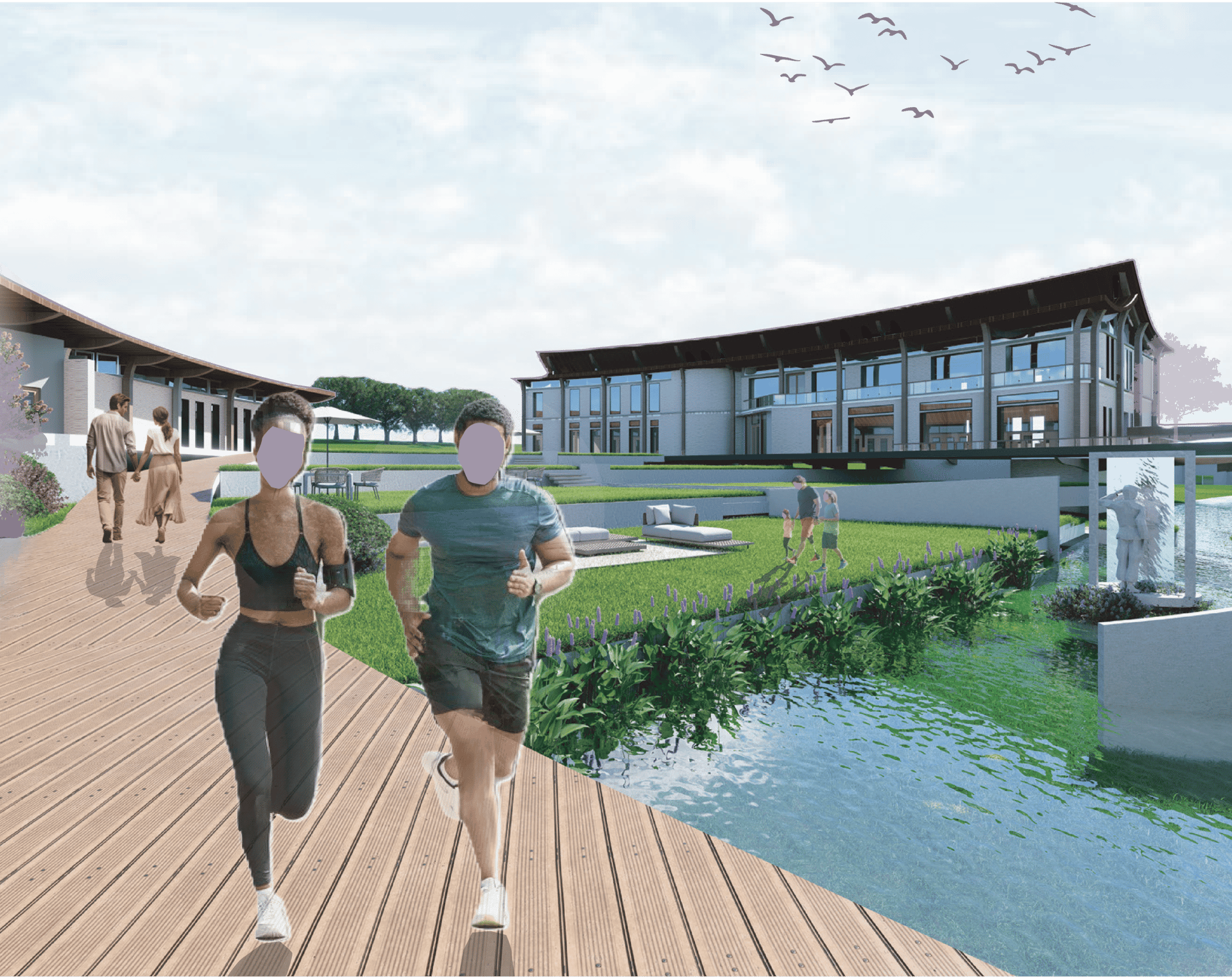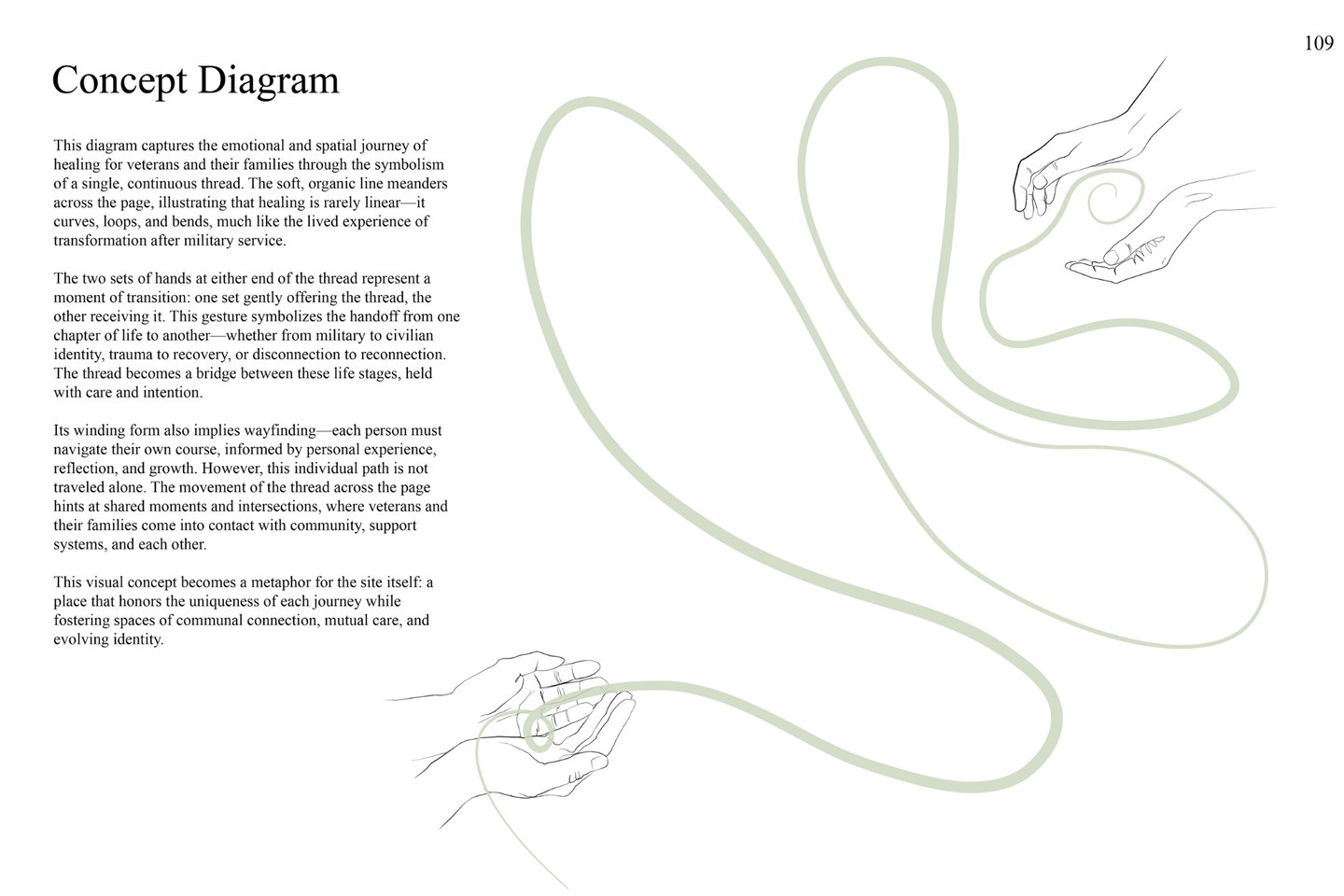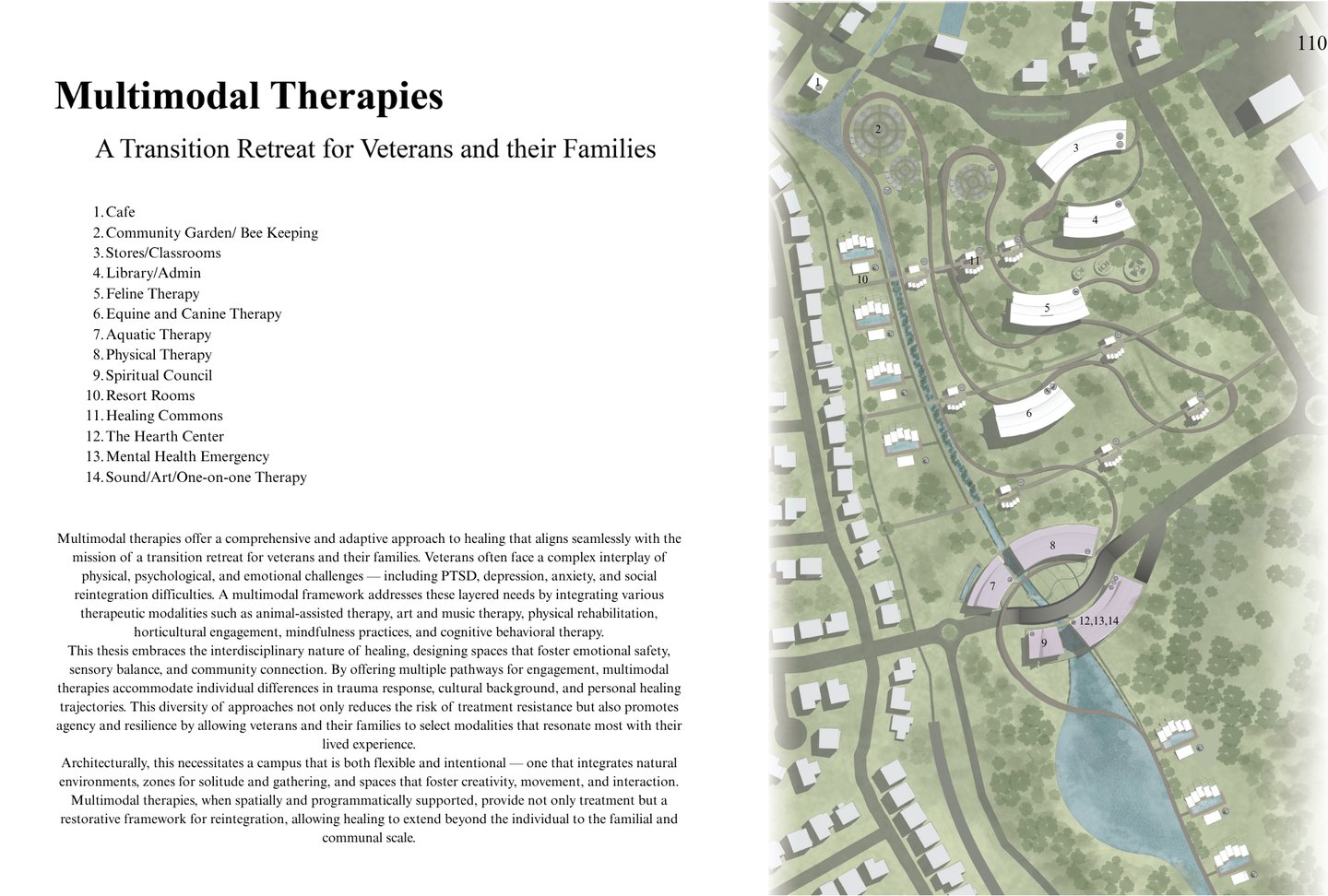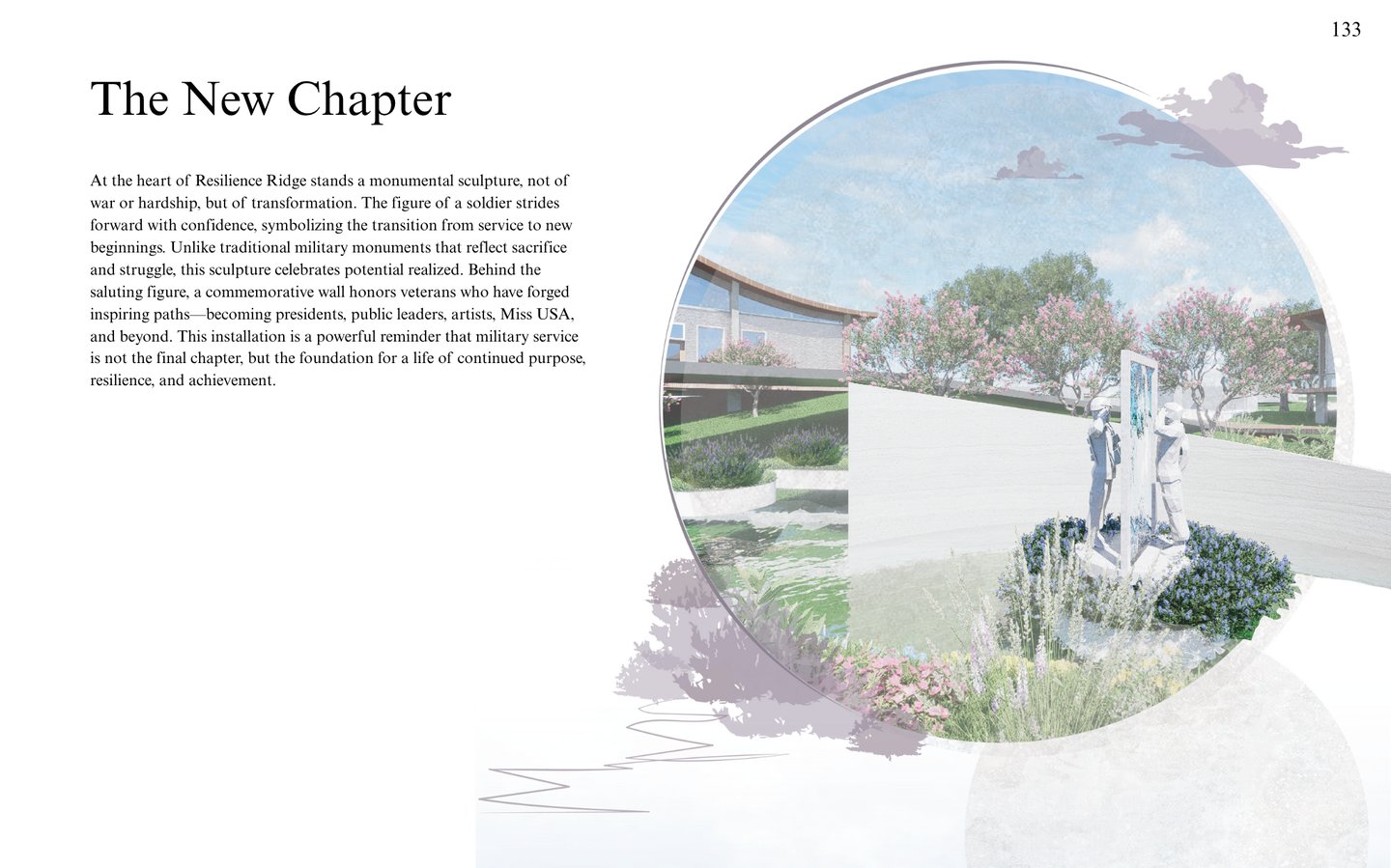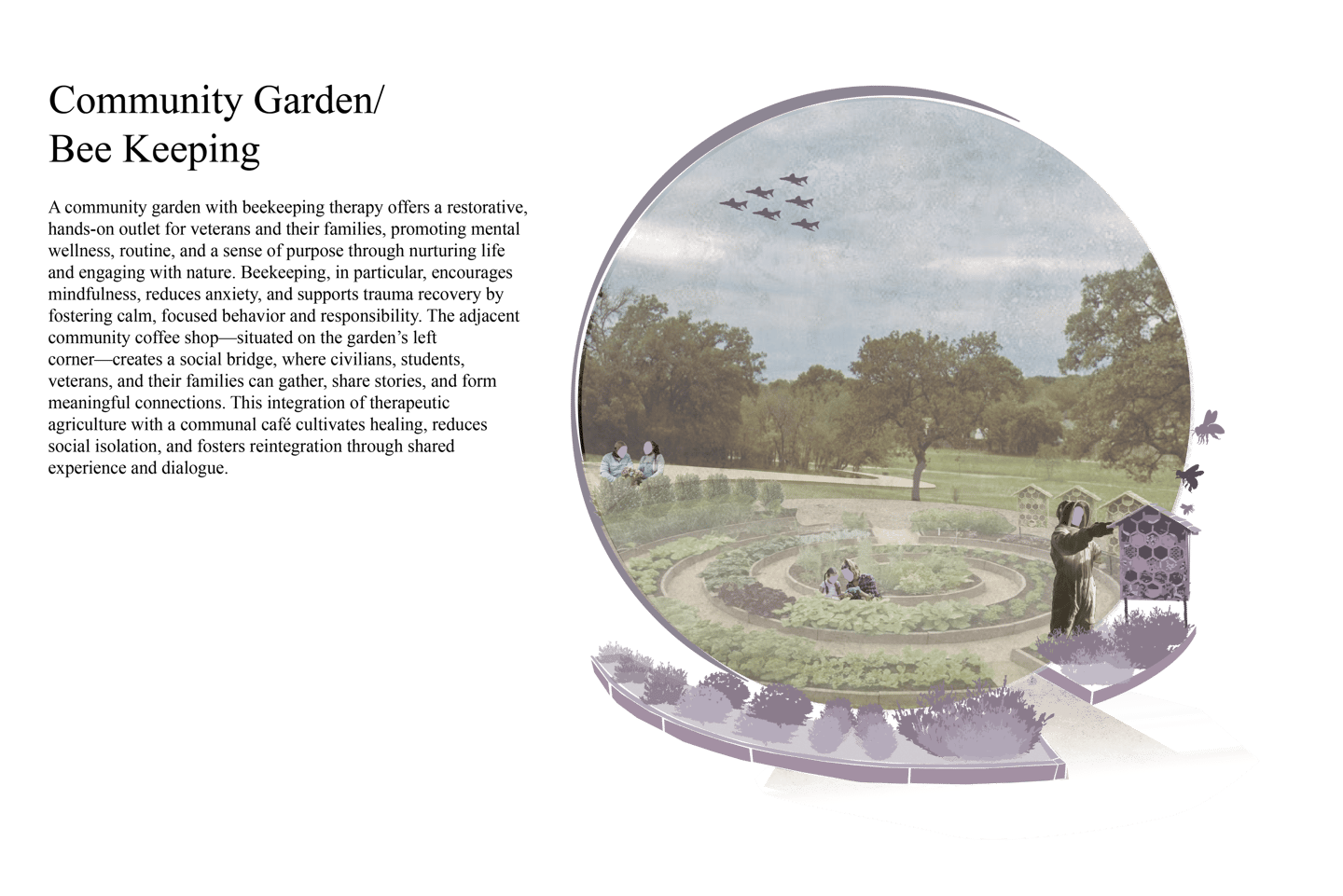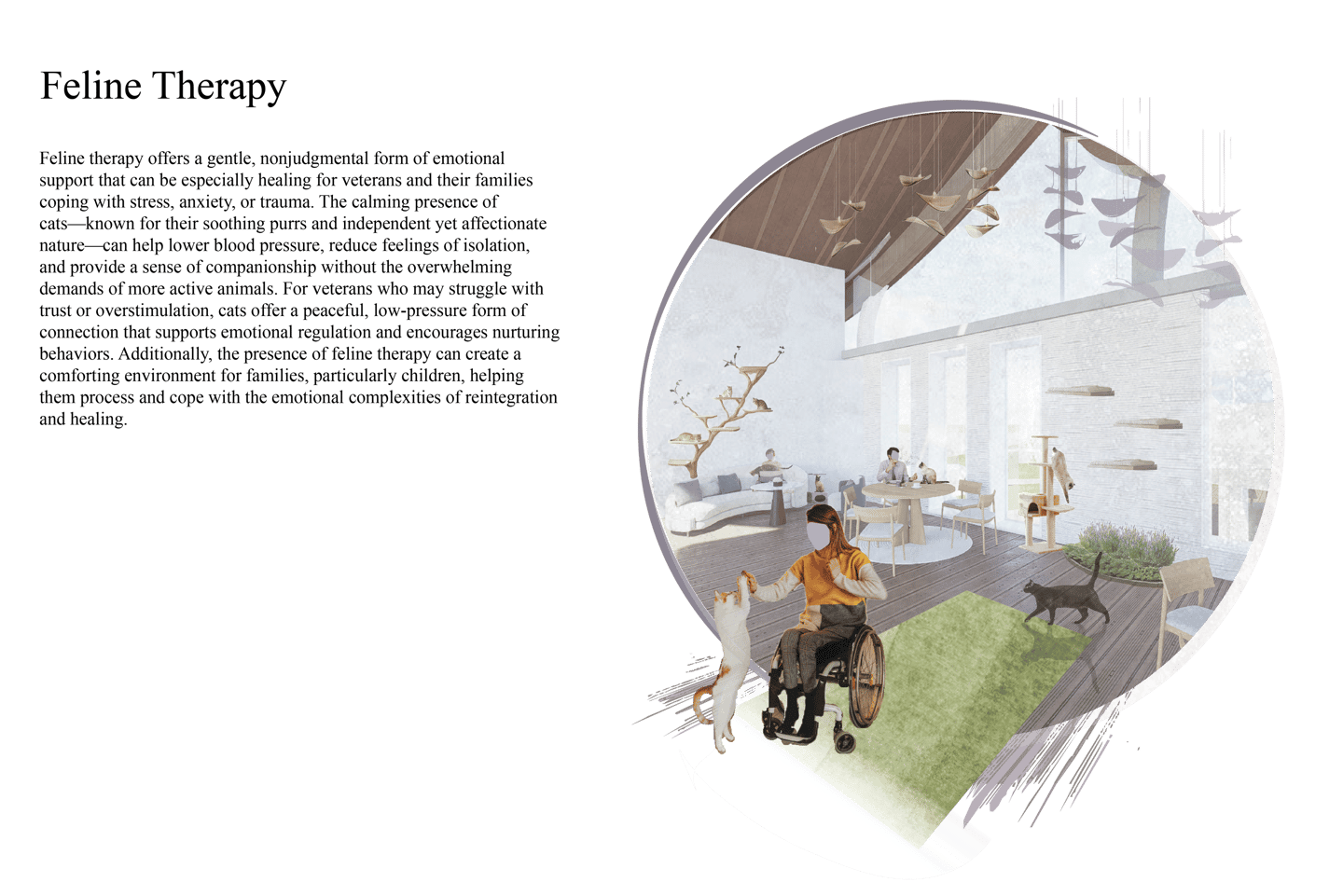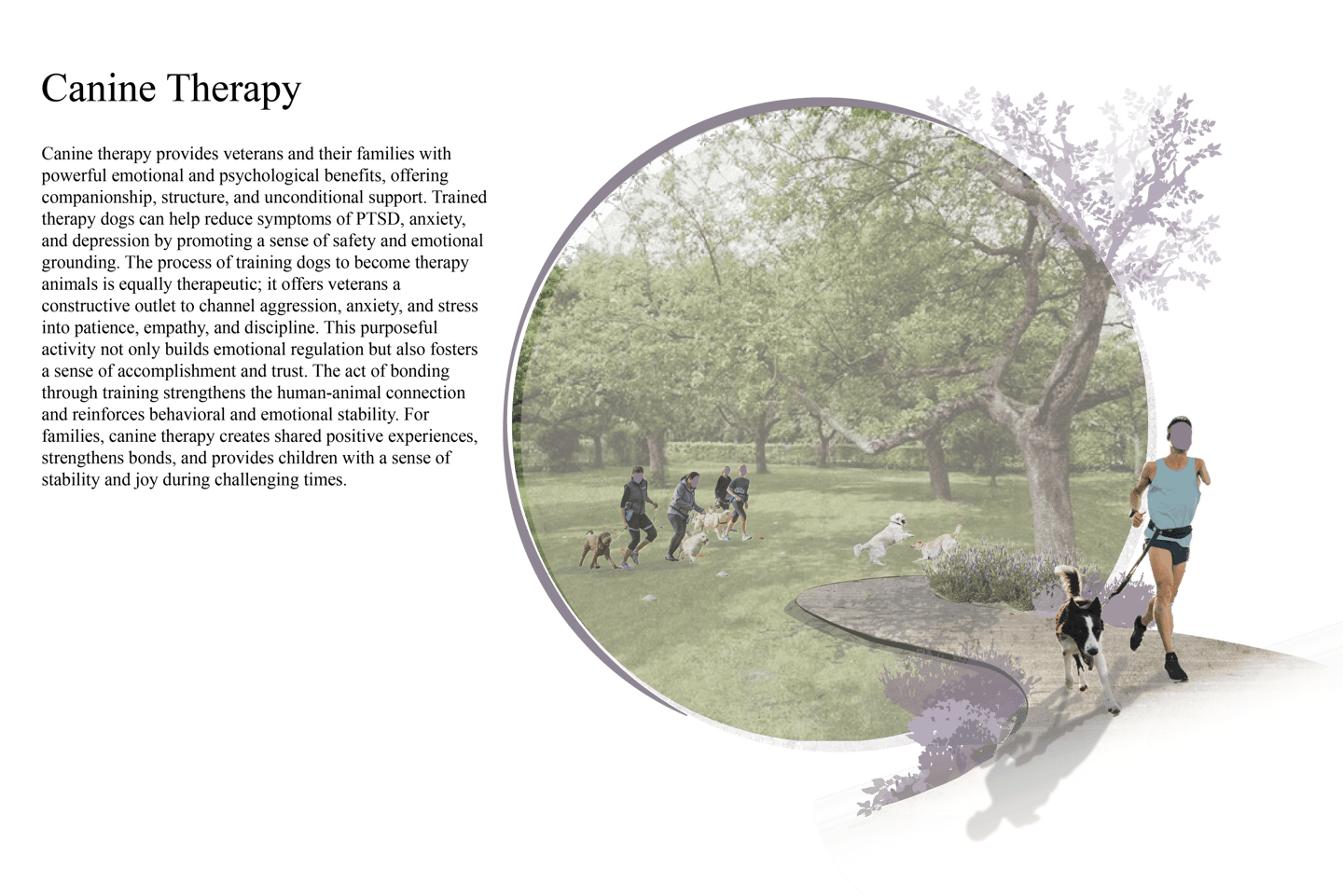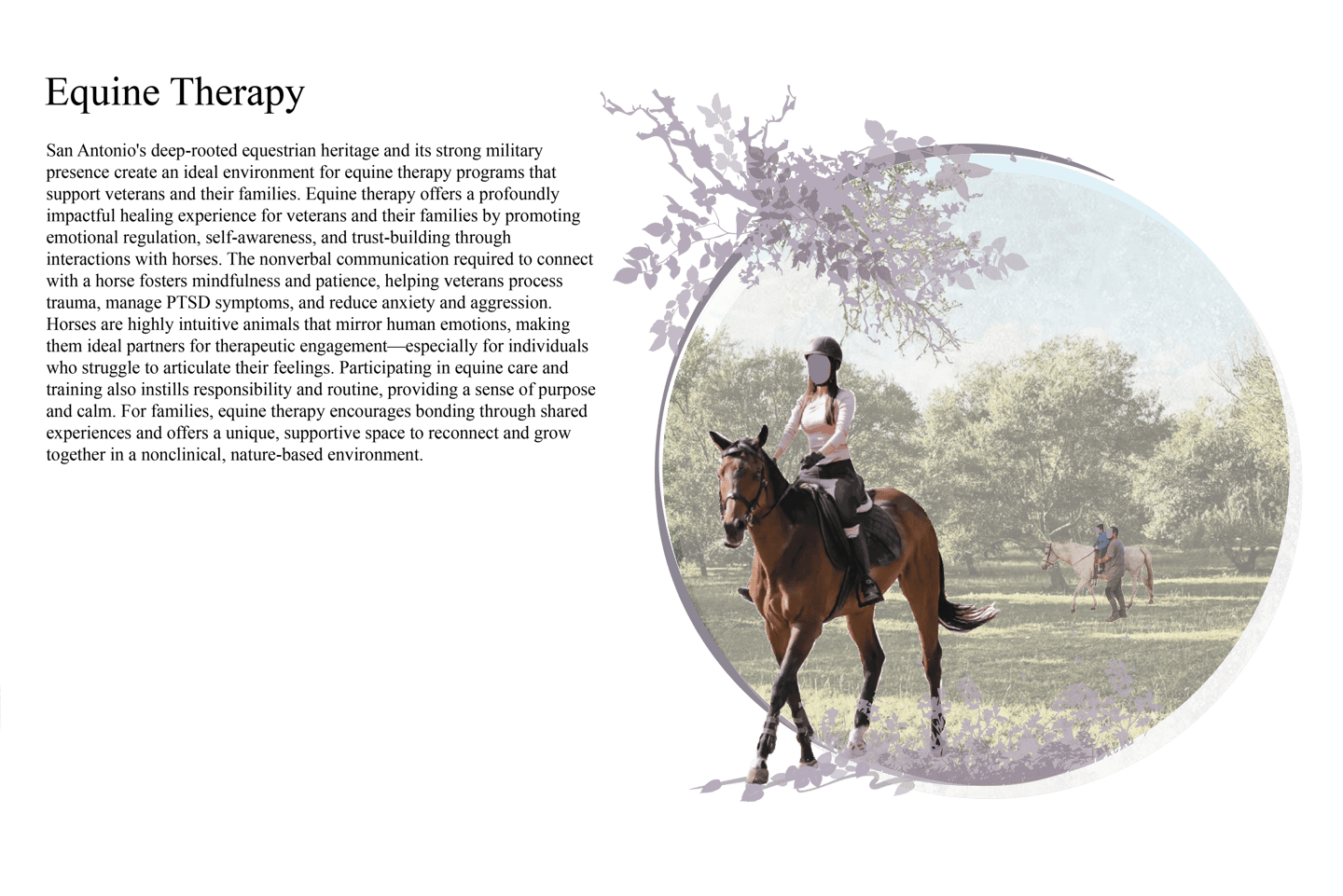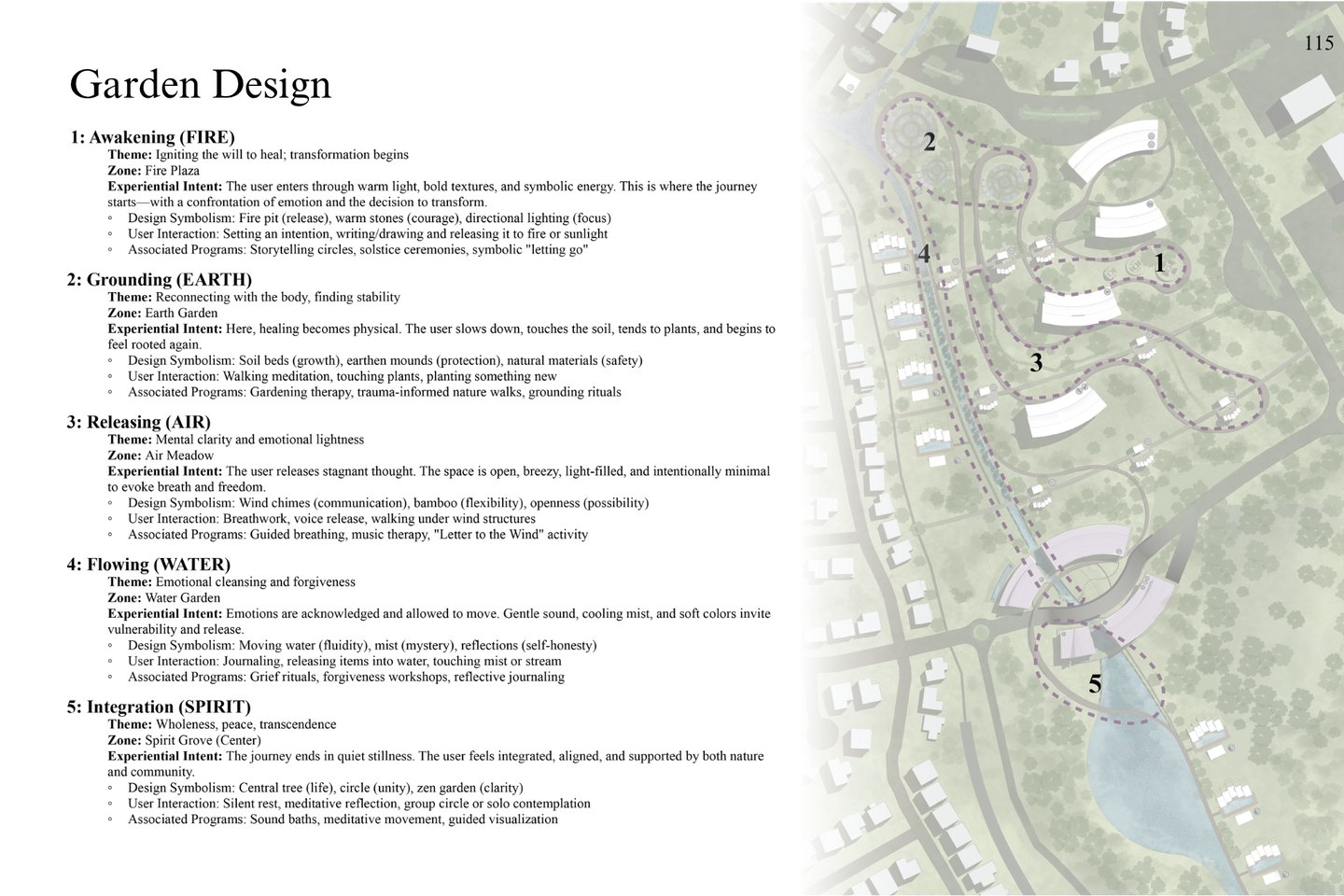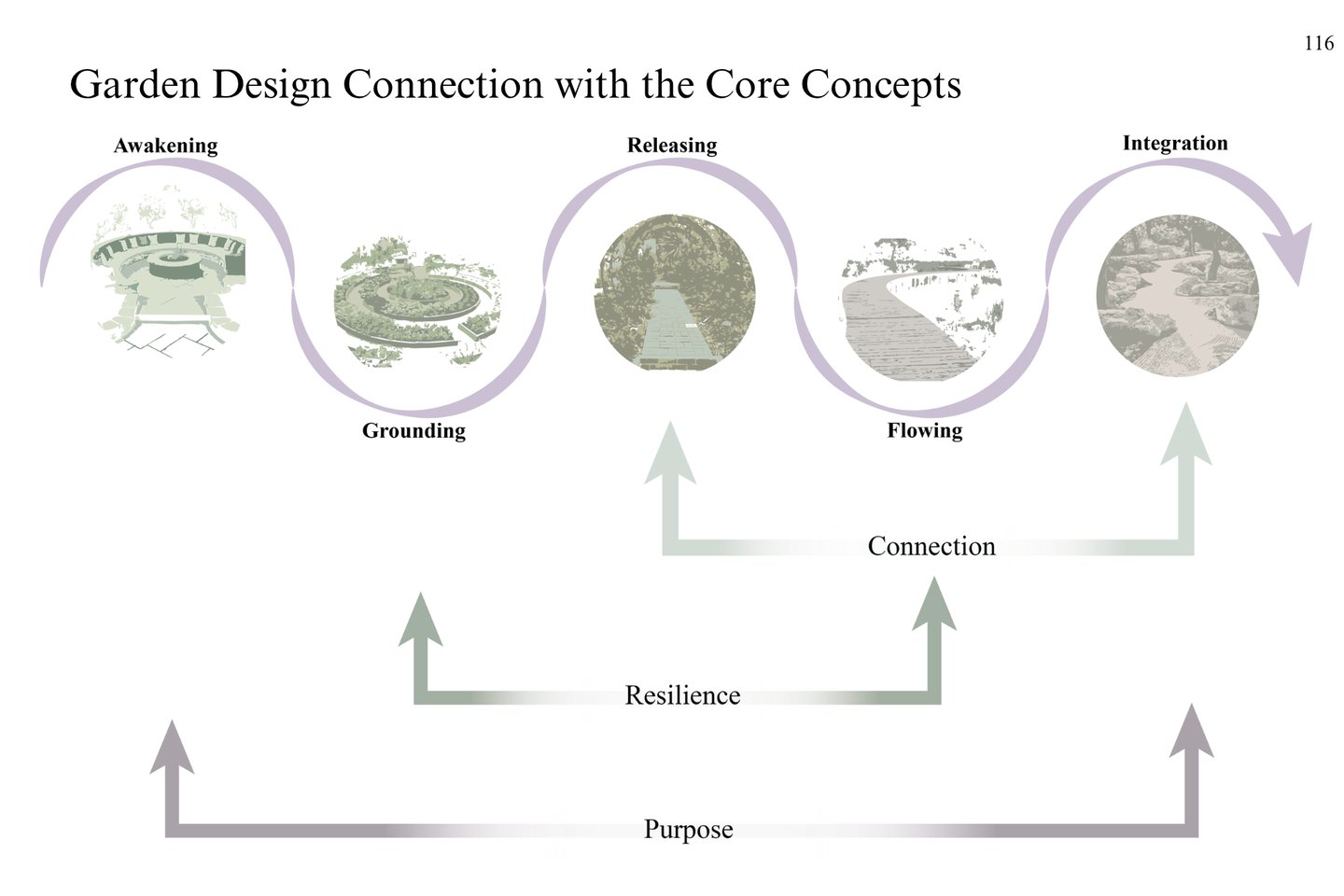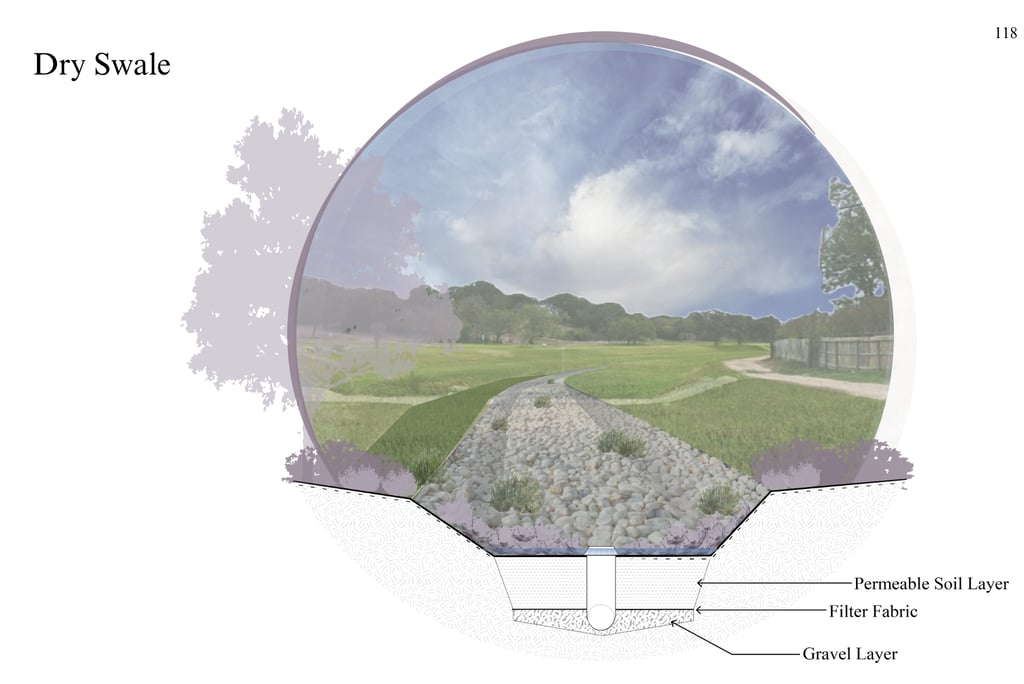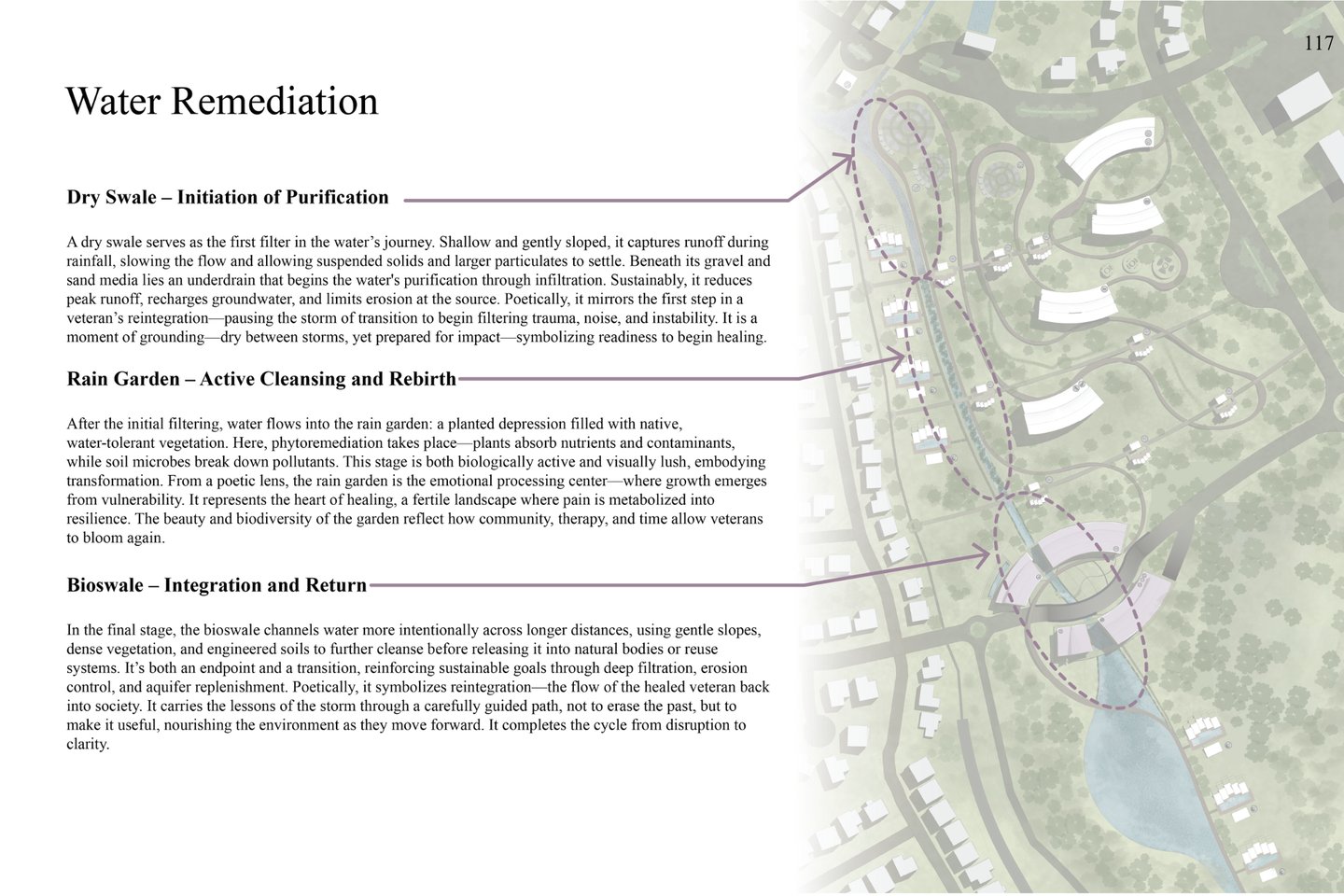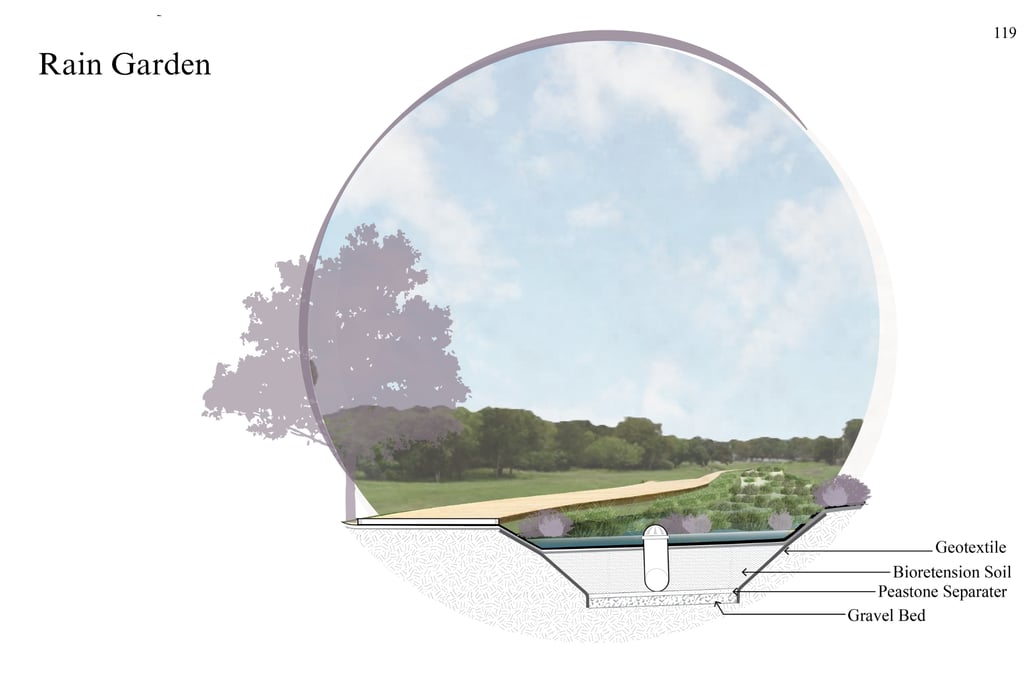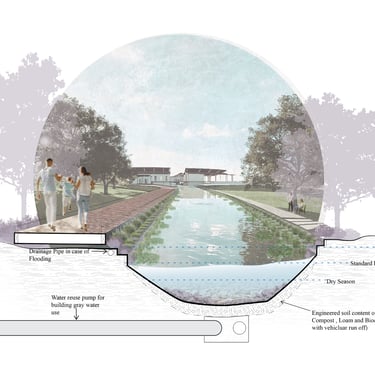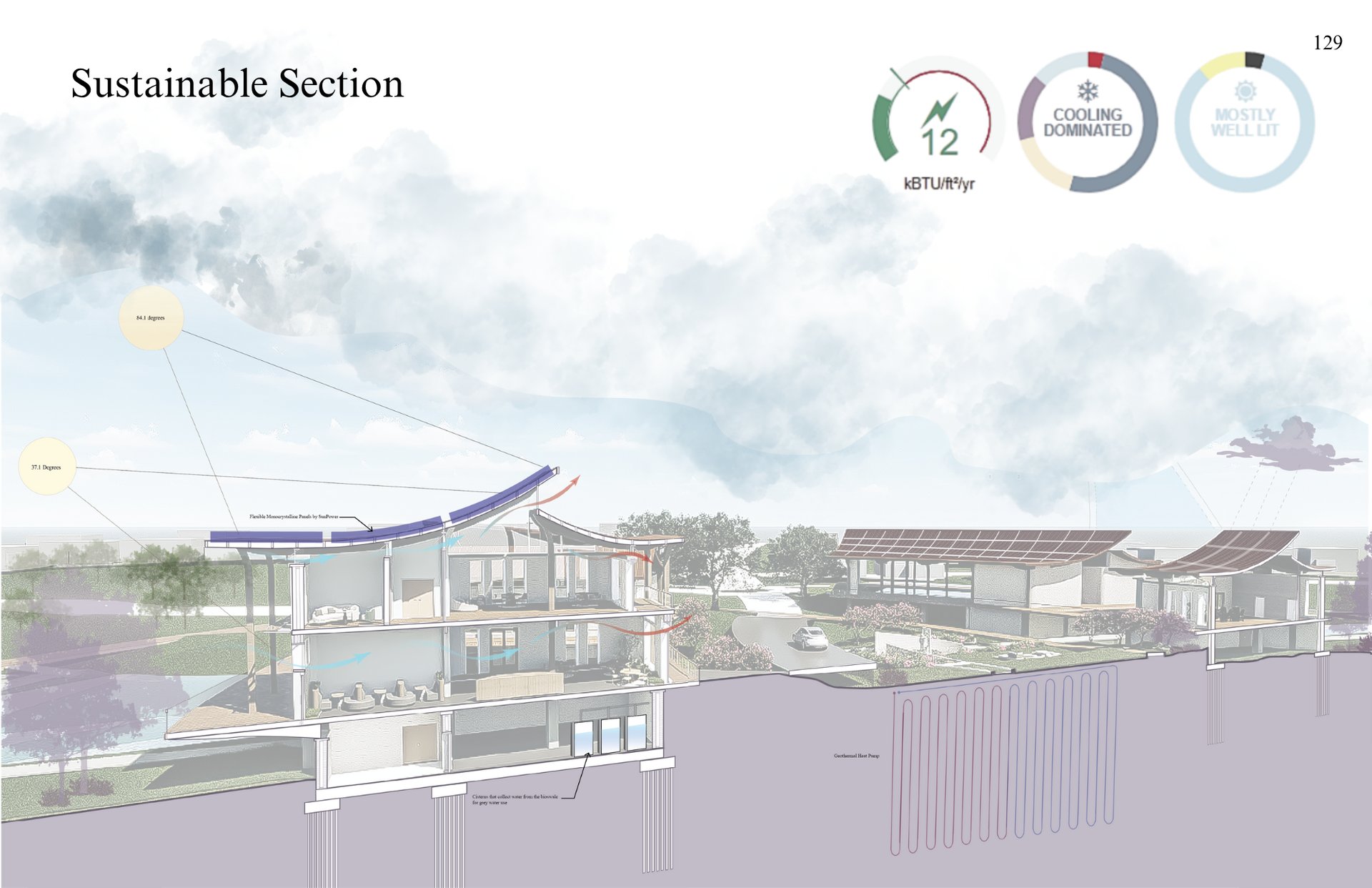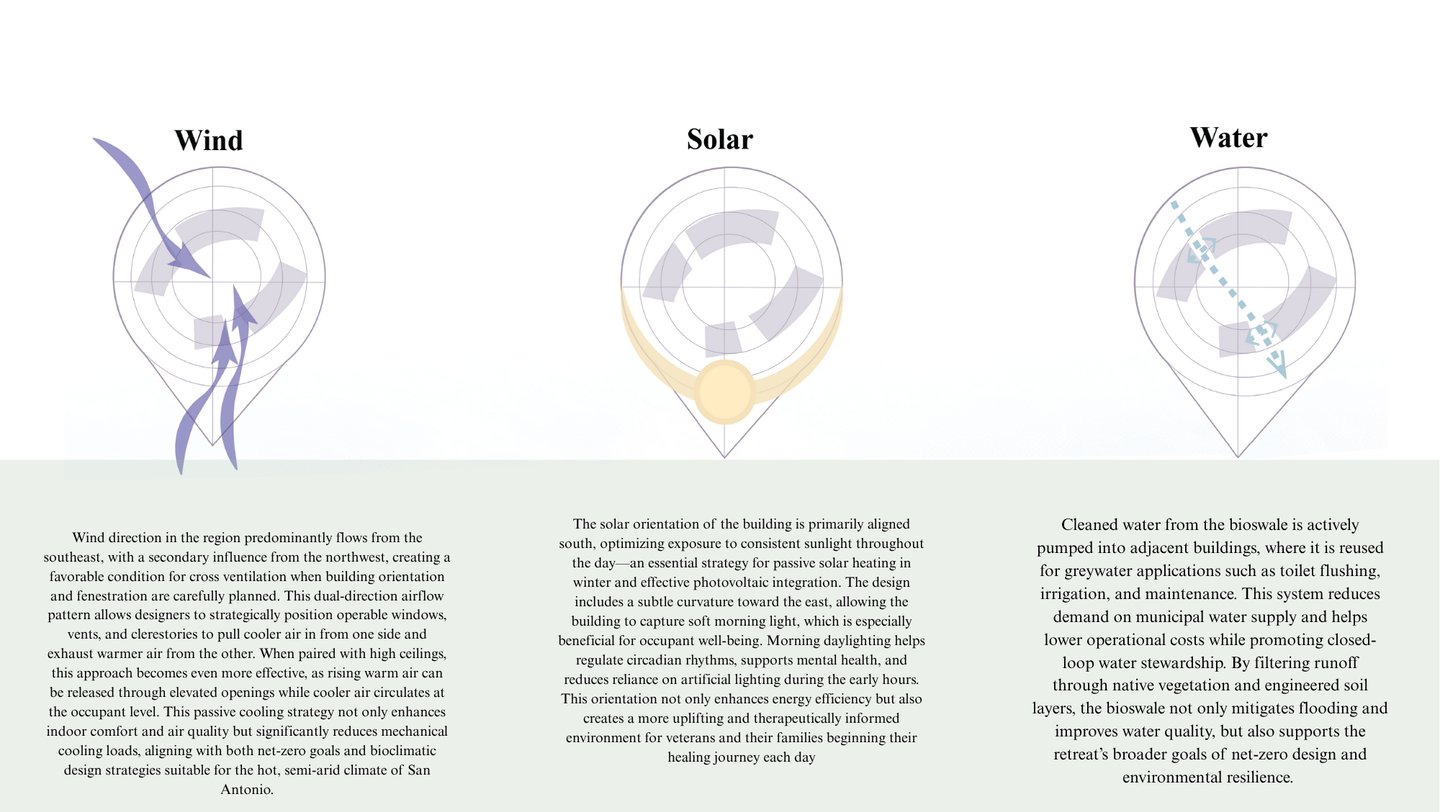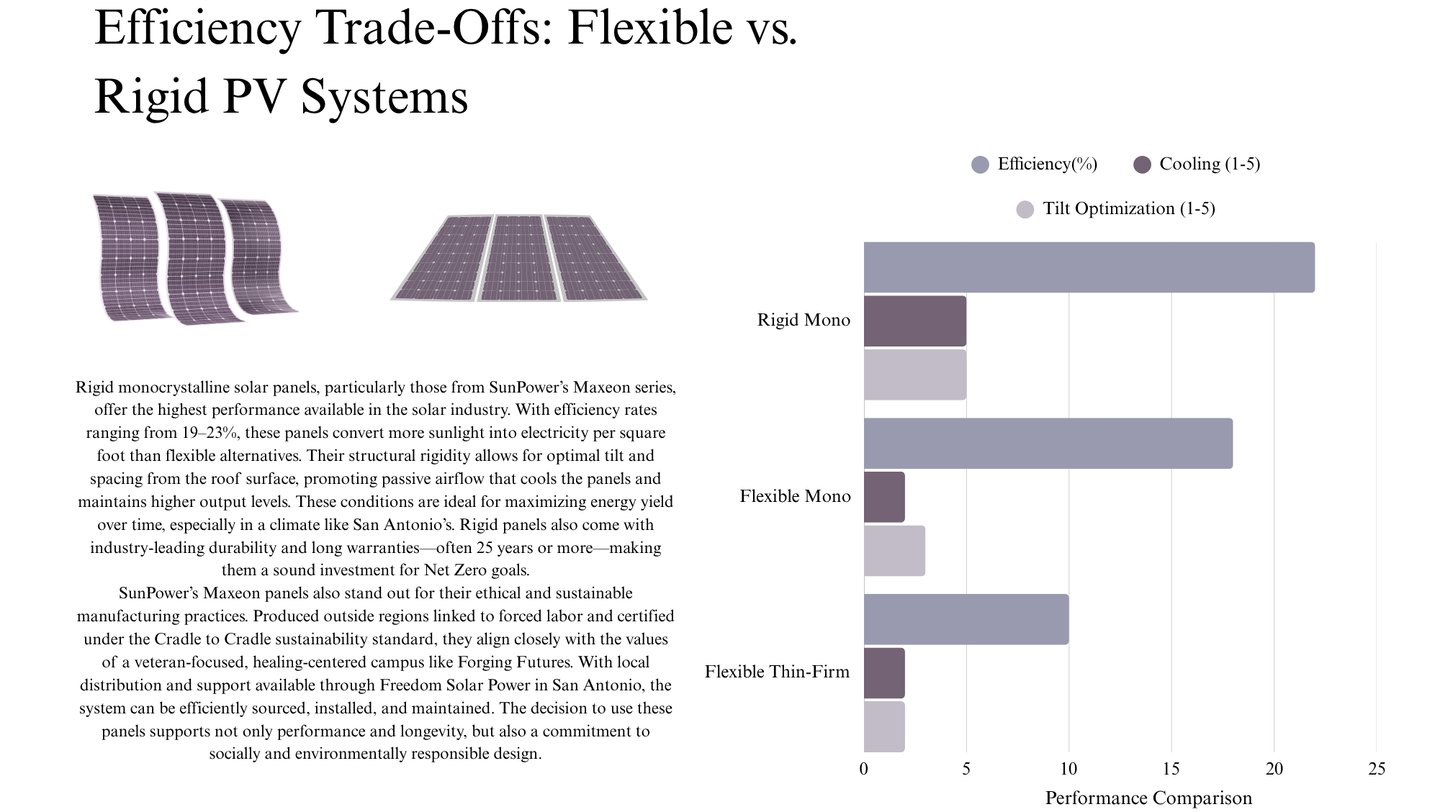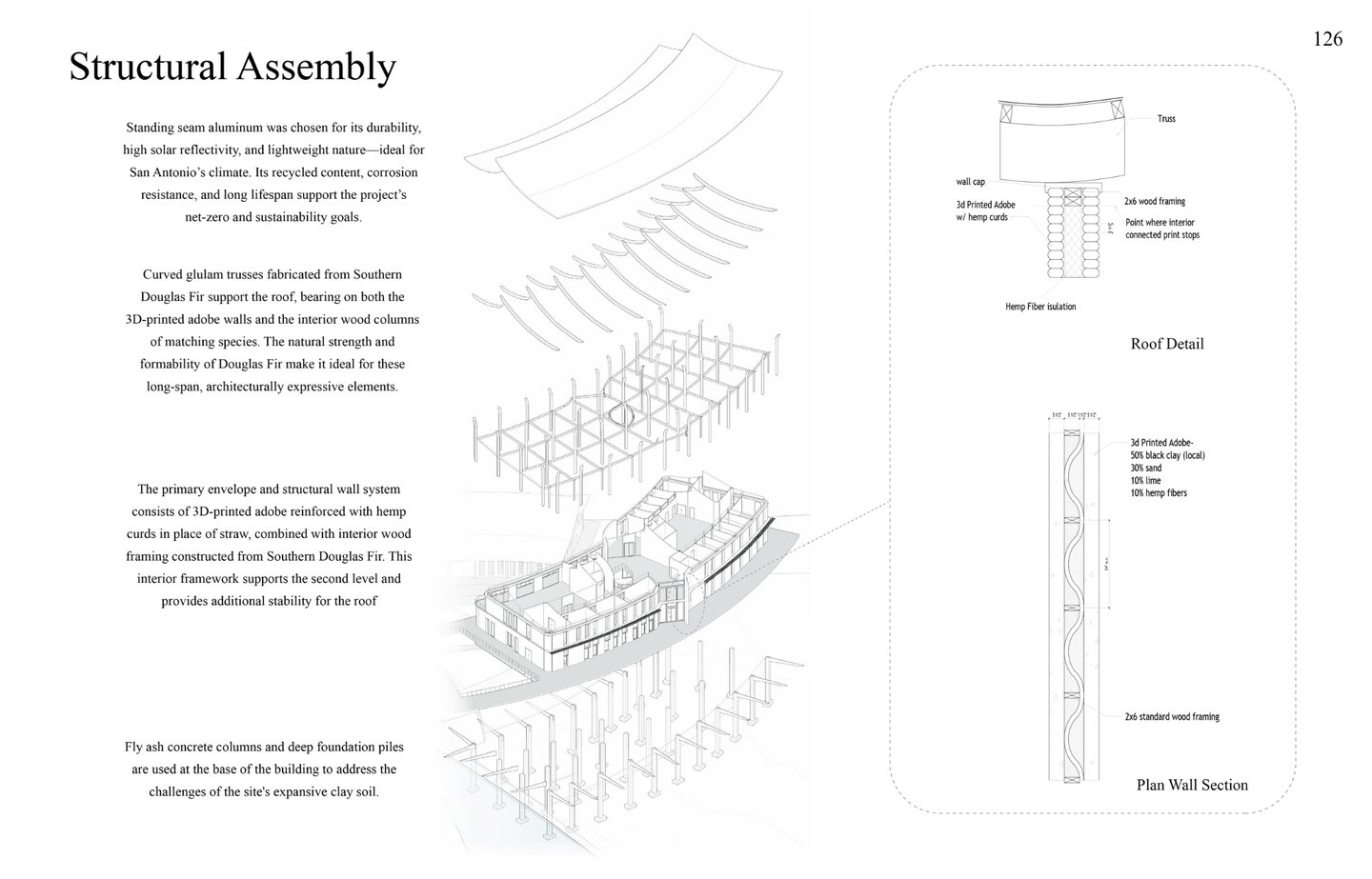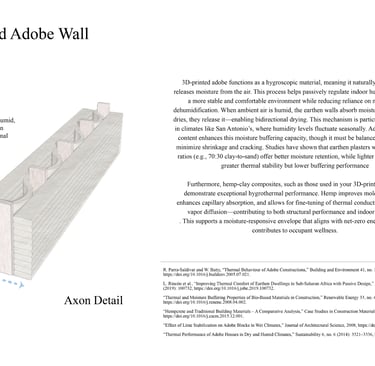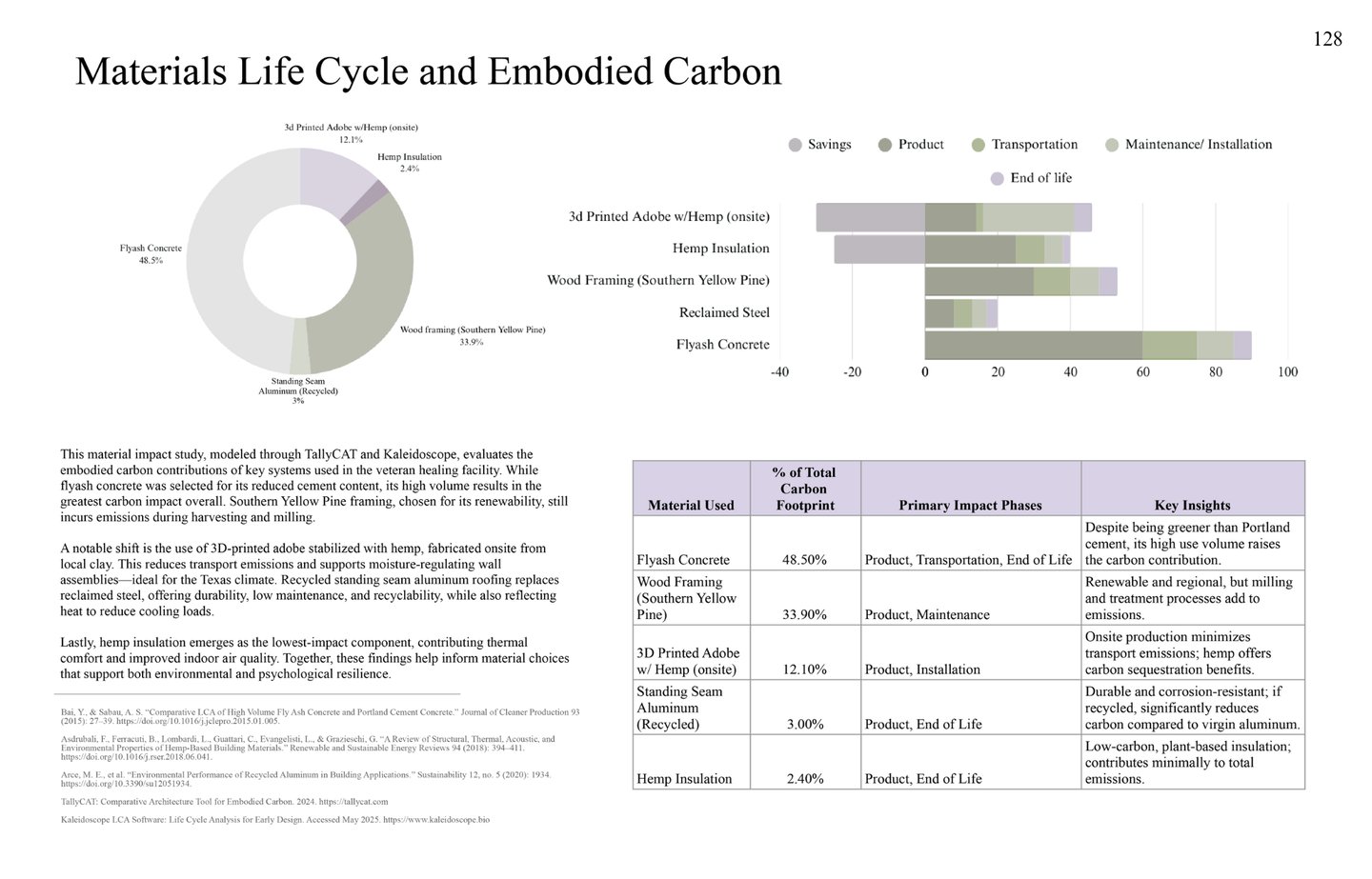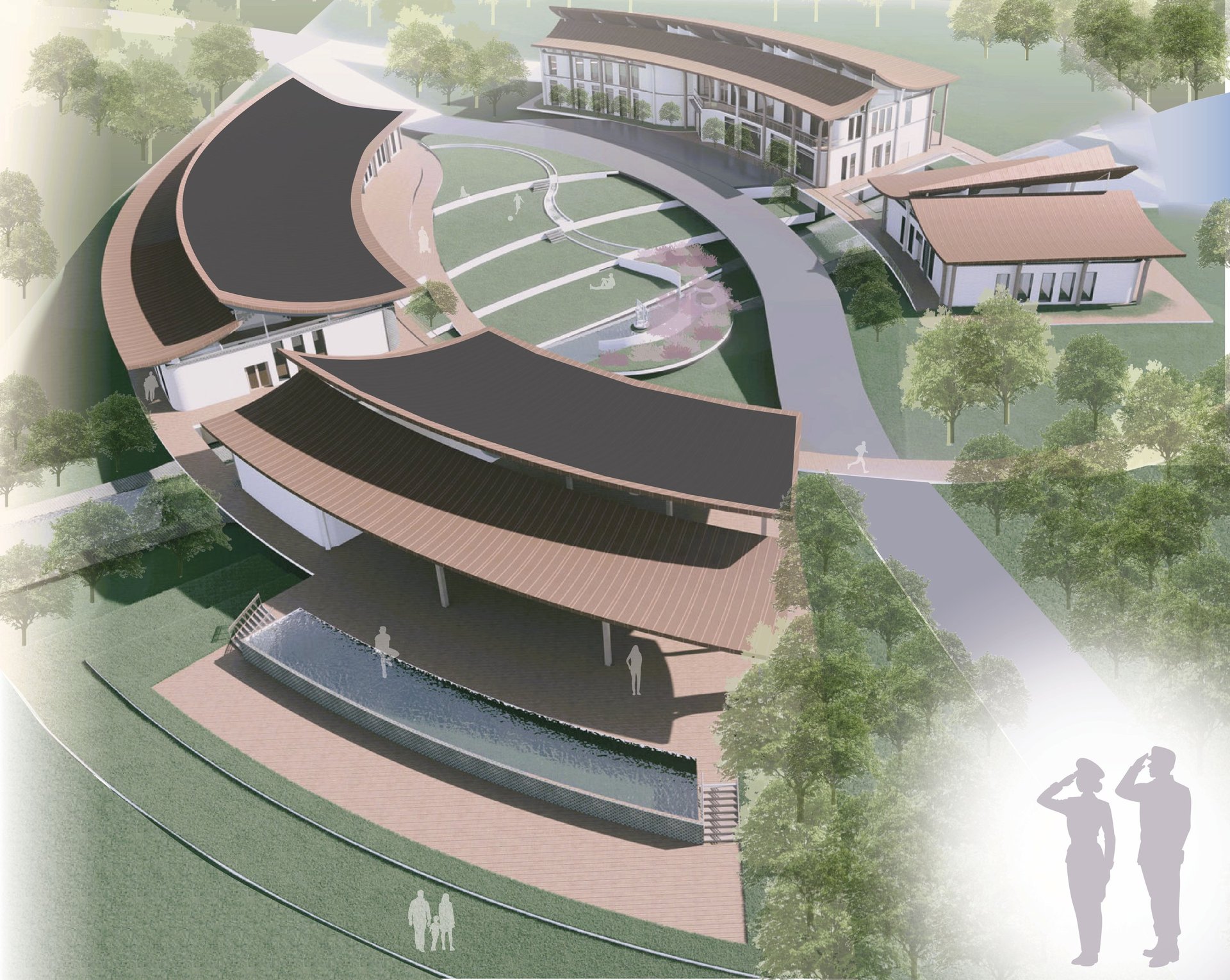
Forging Futures
An architectural approach to veteran transition
Abstract
This architectural design thesis examines the challenges veterans face when transitioning from military service to civilian life and explores how holistic design approaches can support this reintegration. Since 9/11, veteran suicides have outnumbered combat deaths by a factor of four, with 30,177 veterans lost to suicide compared to 7,057 killed in action. These statistics underscore the profound psychological toll of military service, particularly post-traumatic stress disorder (PTSD), which contributes to depression, social withdrawal, and difficulties in adjusting to an unstructured civilian world. While mental health initiatives address PTSD, suicide prevention, and homelessness, they often operate in isolation, lacking an integrated architectural approach to support veterans' transitions.
Current systems, such as crisis hotlines and scattered architectural interventions, fail to address the collective experience of veterans. PTSD exacerbates this challenge, as symptoms such as hypervigilance, anxiety, and sensory sensitivities can make traditional civilian spaces overwhelming and alienating. The built environment, however, can play a crucial role in mitigating these effects. Through neuroarchitecture and trauma-informed design principles, spaces can be intentionally crafted to promote psychological healing, provide security, and facilitate social reintegration.
This study proposes a design framework based on three research methodologies: qualitative research, logical argumentative research, and simulation-based research. The qualitative approach gathered insights from surveys and interviews with veterans, clinicians, and support staff, providing a deeper understanding of the emotional and psychological barriers to reintegration. Veterans were asked how they responded to different spatial layouts, lighting, and sensory stimuli, revealing the need for environments that balance order, flexibility, and sensory control. The logical argumentative approach analyzed design precedents, clinical studies, and architectural models of healthcare facilities, barracks, and rehabilitation centers to identify effective design strategies for mitigating PTSD. Finally, the simulation-based research applied sustainable metrics, building codes, and spatial planning strategies to create a flexible, nature-integrated design framework.
Findings indicated that while military service fosters deep bonds through unity, discipline, and shared sacrifice, it also creates a rigid social structure that hinders reintegration into civilian life. Veterans often struggle with isolation, hyperarousal, and a loss of purpose, making the transition to a more flexible, unstructured civilian environment overwhelming. PTSD symptoms, such as heightened stress responses and sensitivity to stimuli, further highlight the need for architectural interventions that offer psychological safety, spatial predictability, and opportunities for controlled social engagement.
By moving beyond traditional healthcare and housing models, the built environment can become a critical agent in veteran recovery. This thesis proposes a design framework that prioritizes safety, comfort, predictability, and connection to nature while fostering social interaction, autonomy, and cultural sensitivity. Thoughtful spatial organization, sensory-responsive materials, and adaptable environments can bridge the structured military life and the fluidity of civilian life. By incorporating these principles, architecture can reduce PTSD symptoms, strengthen family bonds, and ease social reintegration. This holistic, community-based approach to design has the potential to reshape veteran support, ensuring reintegration is a collective and sustainable effort.


